International Museum Day is May 18th, and us STEM folks tend to love a good museum. So, since you’ve probably visited your fair share of standard science, history, and even art museums, we’ve rounded up nine unique, insightful, and downright strange museums with a STEM connection sure to entertain and inspire.
What do you think of when you think of a museum? A giant space shuttle hanging from the ceiling? A dinosaur skeleton staring down at you? Walls and pedestals filled with art? Maybe a mummy or two? Those are all great but are likely things that you’ve seen dozens of times already. So, in celebration of International Museum Day, we rounded up nine unique, insightful, and downright strange museums with a STEM connection that are sure to entertain and inspire and maybe even teach you something new. These museums are unlikely to be found at the top of a travel brochure, but a digital exploration or, if you’re ever in the area, a visit is likely to impart some fun facts at the least and maybe even create a memory you’ll never forget.
After all, an open mind and a willingness to learn is what this holiday is all about. Founded in 1977 by the International Council of Museums (ICOM), International Museum Day is an annual event that aims to further unify the creative aspirations and efforts of museums and draw global attention to their activity.
Bolt’s Antique Tool Museum, Oroville, California
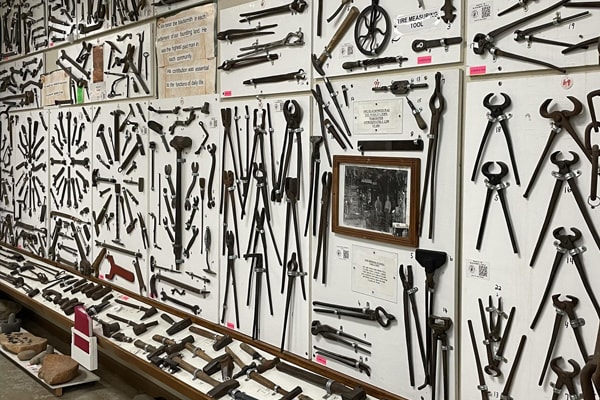
If you’re reading this, you likely make some part of your living utilizing one or more of the many types of hand tools offered by RS or supporting those who do. And you might be surprised to learn that many of these tools have a rich and fascinating history that spans generations stretching all way back to the Paleolithic period. To appreciate just how far tools have evolved since basic stone and bone tools, check out Bolt’s Antique Tool Museum in Oroville, California.
The passion project of former Snap-On Tools representative Carl “Bud” Bolt, this mecca of the tool world is comprised of over 12,000 individual pieces personally collected over half a century. Today, it stands as the largest known documented collection of hand tools in the world. The collection showcases a variety of different tools, including several different types of pliers, wrenches, and hammers and allows visitors to trace the evolution of these simple but critical items that have long helped keep the modern world running. Tours are conducted daily, and there are a variety of interactive exhibits just for kids.
Museo Subacuático de Arte (MUSA), Quintana Roo, Mexico
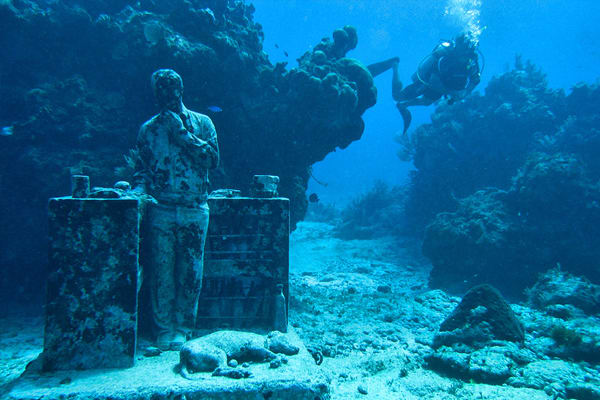
Do your kids — or even your partner — groan when you tell them they’re going to spend the day at the museum? Would they still groan if you told them that it’s underwater?
Enter the Museo Subacuático de Arte, also known as MUSA or The Underwater Museum of Art, which is located in the gorgeous water around Cancun and Isla Mujeres. Devised in 2010 by Dr. Jamie Gonzalez Cano, head of Mexico’s Environment and Natural Resources Secretariat, this museum aims to give scuba-diving tourists something fun and exciting to explore without exacerbating the environmental strain on the local reef systems. While still not quite finished, MUSA will eventually feature 12 full galleries of sculptures that will provide nearly 1,364 artificial habitats that will help dramatically increase the overall biomass of the reef system. And if diving isn’t your thing, don’t worry; there’s also an exhibit on dry land that offers free admission and features replicas of the sculptures along with full-length underwater films of the museum.
The International UFO Museum and Research Center, Roswell, New Mexico
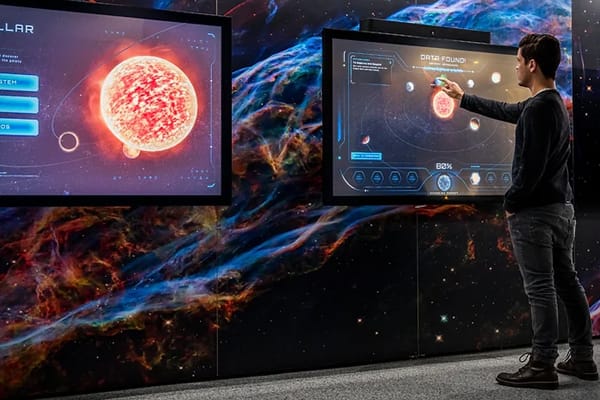
Do aliens exist and walk among us? You might not believe it, but a lot of smart people definitely do — so much so that they built the International UFO Museum and Research Center in Roswell, New Mexico, with the mission of being the world’s leading source of history, science, and research on UFOs and other related unexplained “alien phenomena” the government allegedly doesn’t want us to know about. Is it a little scientifically dubious? Debatable. Is it totally out of this world? Absolutely! In fact, just last year the museum welcomed its five millionth visitor, which is pretty impressive for an institution that’s only been around since 1992.
During your visit, you can learn all there is to know about the infamous Roswell incident of 1947, engage in art activities, tours, and scavenger hunts, explore a vast reference library dedicated to unexplained phenomena and all things extraterrestrial, and even participate a flight-simulator experience so you too can fly with the Greys. While aliens may or may not exist, the science used to research them most certainly is, and it might be just the thing to spark your kids’ interest in STEM.
The Lee Maxwell Washing Machine Museum, Greeley, Colorado
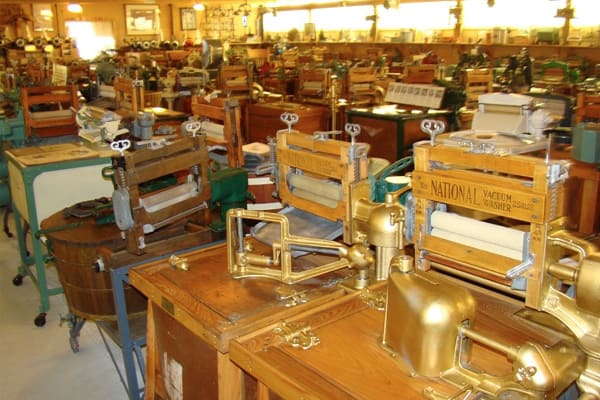
Some people collect baseball cards, others postage stamps. Retired electrical engineering professor Lee Maxwell? Well, he chose washing machines. But don’t let the strangeness of his selection fool you. Lee’s mind-blowing 1,500-piece collection of this popular electrical appliance is fascinating and sure to make you appreciate the STEM-based engineering behind these humble appliances, which we often take for granted.
Some of the machines in his collection, while primitive by today’s standards, are true testaments to human ingenuity — and not in the ways you might think. For instance, one machine features a wooden treadmill for a goat to run on for power, and another one features a teeter-totter for “child power.” Further, whenever Lee can’t find a historic machine to feature in his museum, he downloads the patents for it and builds a full-scale replica by hand.
Keep in mind, all tours are by appointment only. So, if you want to pay Lee a visit in lieu of the video tour, be sure to book in advance.
The Museum of Clean, Pocatello, Idaho
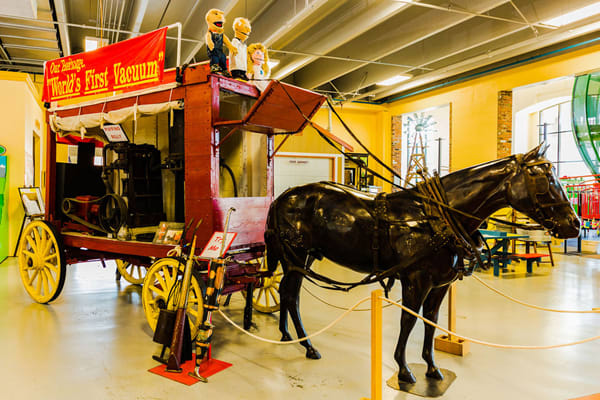
Surprisingly, washing machines aren’t the only humble household tools to have their history celebrated in a museum. There’s a whole world of cleaning-based technology just waiting for you to explore at the Museum of Clean, a 74,000-square-foot complex located in Pocatello, Idaho. This unique establishment was built with one goal in mind: to sell you on the true value of clean through exhibits dedicated to the evolution of vacuums and toilets, air-cleaning plants, and the rampant health hazards common to early cities as well as an art gallery, a library, and a play place designed to teach children how to clean and make cleaning a positive experience. Exploring this museum is likely to inspire a little more appreciation for just how advanced our cleaning technology has become and remind you that STEM is an intrinsic part of more things than we typically acknowledge, down to the cleaning products and janitorial supplies that we use to maintain industrial facilities.
The Sewer Museum, Paris, France
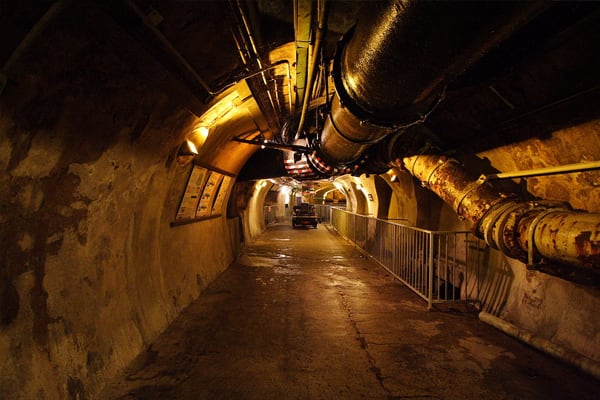
STEM professionals who work in the water and wastewater industries might particularly enjoy exploring this underground gem. As far as sewers go, there are few more famous than the architectural marvel stretching beneath Paris, France — a 2,600 km realm of interconnected galleries and gutters forever immortalized in Victor Hugo’s classic “Les Misérables.” As Hugo himself put it, “The history of men is reflected in the history of sewers.”
In addition, the Musée des Égouts de Paris, or the Sewer Museum, is still an active part of Paris’ sewer system, giving visitors a window into the fascinating history of water sanitation — a topic that stretches as back as ancient Rome — as well as a firsthand look at how today’s engineers and scientists are working to overcome the city’s critical sanitation and energy needs.
Star Trek Original Series Set Tour, Ticonderoga, New York
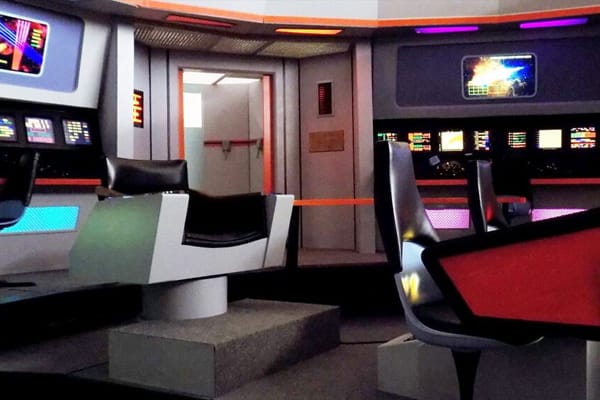
Although Star Trek: The Experience sadly closed after a 10-year run in Las Vegas, you can still visit a faithful re-creation of the original set, now located in Ticonderoga, New York, to pay homage to the series that launched countless STEM careers, sit in Captain Kirk’s chair, and even have your picture taken as you’re “beamed up” by the transporter.
More than a few NASA astronauts have cited Star Trek as one of their main inspirations for pursuing “the final frontier,” and thousands upon thousands of women around the world — and especially Black women — credit Star Trek with showing them that there’s a place for them in STEM due to representation by actors including Nichelle Nichols, who broke new ground as one of the first recurring Black female characters on television as Lieutenant Uhura and even appeared in a promotional film for NASA aimed at recruiting women and people of color.
National Video Game Museum, Frisco, Texas

The amount of coding wizardry it takes just to make a little yellow circle chase ghosts around a maze while chomping dots and fruits is immense. Factor in how far the technology has come since the Pac-Man glory days, and you can make a pretty strong case for video games as an excellent way to introduce children to and get them interested in STEM. And there’s arguably no better gateway into video games than the National Video Game Museum in Frisco, Texas, which features thousands of exhibits that document the history of the video game medium through technology and culture, instill a deep appreciation for how far the technology has come and where it’s going, and could even inspire visitors to help shape the future of this entertainment medium.
The International Spy Museum, Washington, D.C.
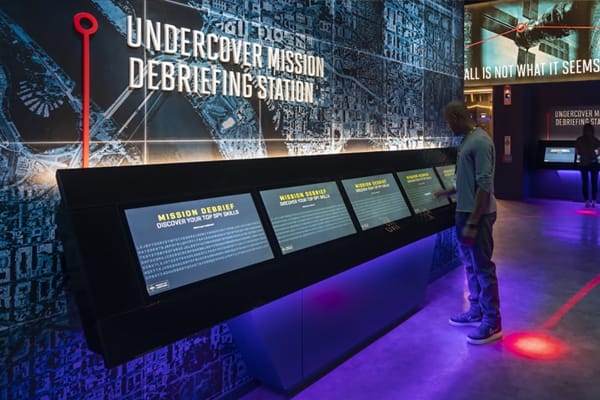
Spy fiction is a hugely popular genre of books, TV, and film due to the intrigue as well as the fascinating gadgets and, in some storylines, flashy cars and weapons, suave attitudes, and dashing good looks. And while the James Bond variety of spies is purely fictional, spies themselves certainly are not, and neither are some of the incredible technologies they utilize.
The International Spy Museum in Washington, D.C. is dedicated to documenting the past and present role of global espionage and showcases hundreds of imaginative, real-life tools and gadgets used by spies throughout history, including surveillance bugs, hidden cameras, and lockpicks. It also features an interactive exhibit on code-cracking and a variety of family-friendly educational programs designed to teach children a new way of problem-solving looking at the world. Other highlights include an introduction to famous spies and the gadget makers, scientists, and engineers behind them, age-old influence techniques, and covert missions, and — at present — a collection of iconic vehicles from the James Bond movie franchise.
Your Mission, Should You Choose to Accept It
Your mission, should you choose to accept it, is to celebrate International Museum Day by paying a physical or virtual visit to one of these nine strange museums, opening your mind, learning something new, and reveling in the massive impact that STEM has on our world — even in the most unexpected ways.
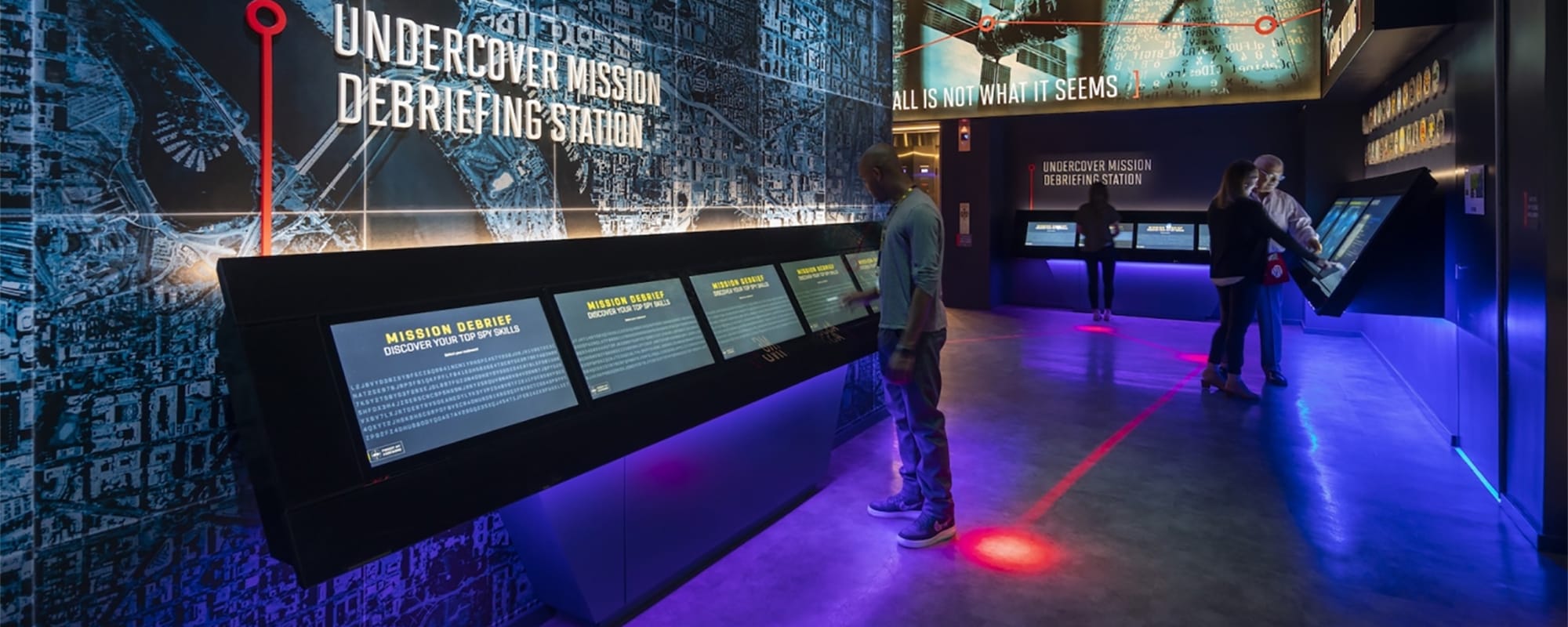







I also highly recommend the National Science Museum in Canberra, Australia. An absolutely amazing place which fills a day!
Can I add to your list for the UK.
The Science museum in London does not have enough room for all its exhibits so it has an overflow built into aircraft hangers near Swindon. https://www.scienceinnovationpark.org.uk/
Its only open to the public a few times a years but its great to see the HUGE things and the stuff that does not quite make the cut.